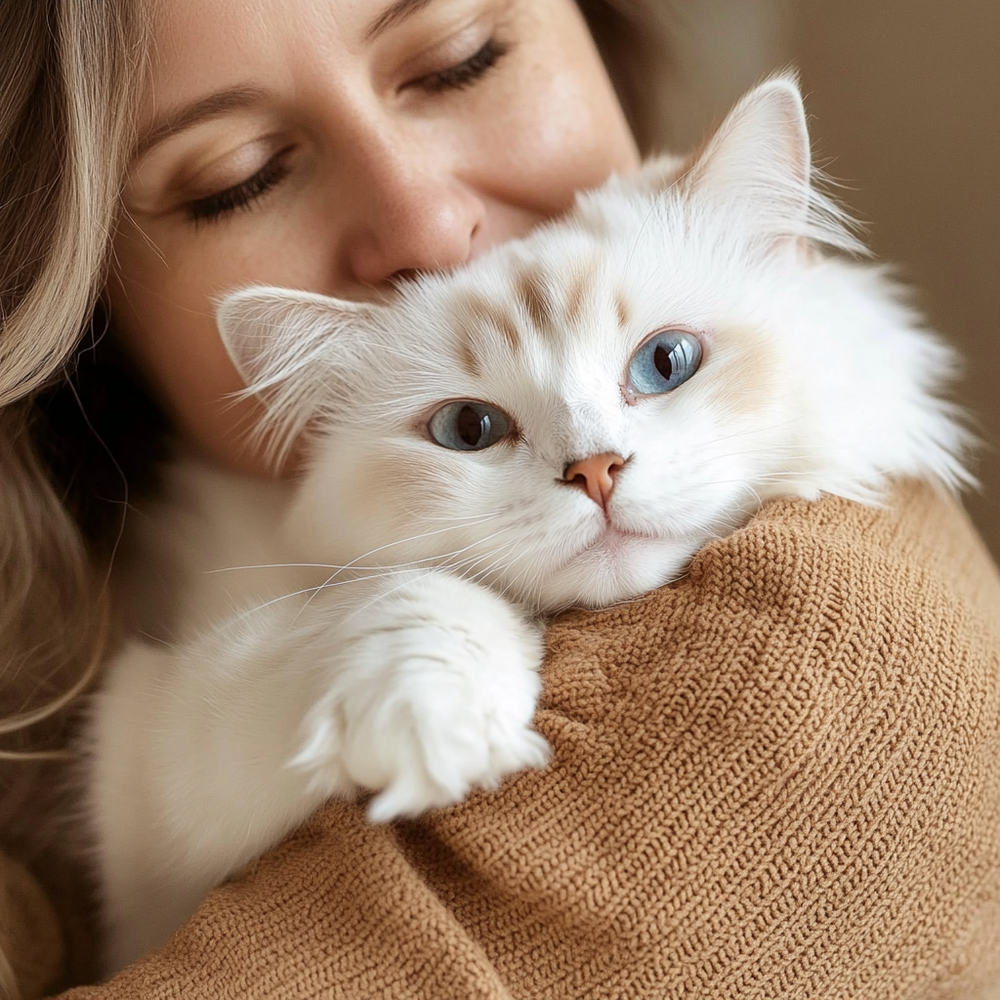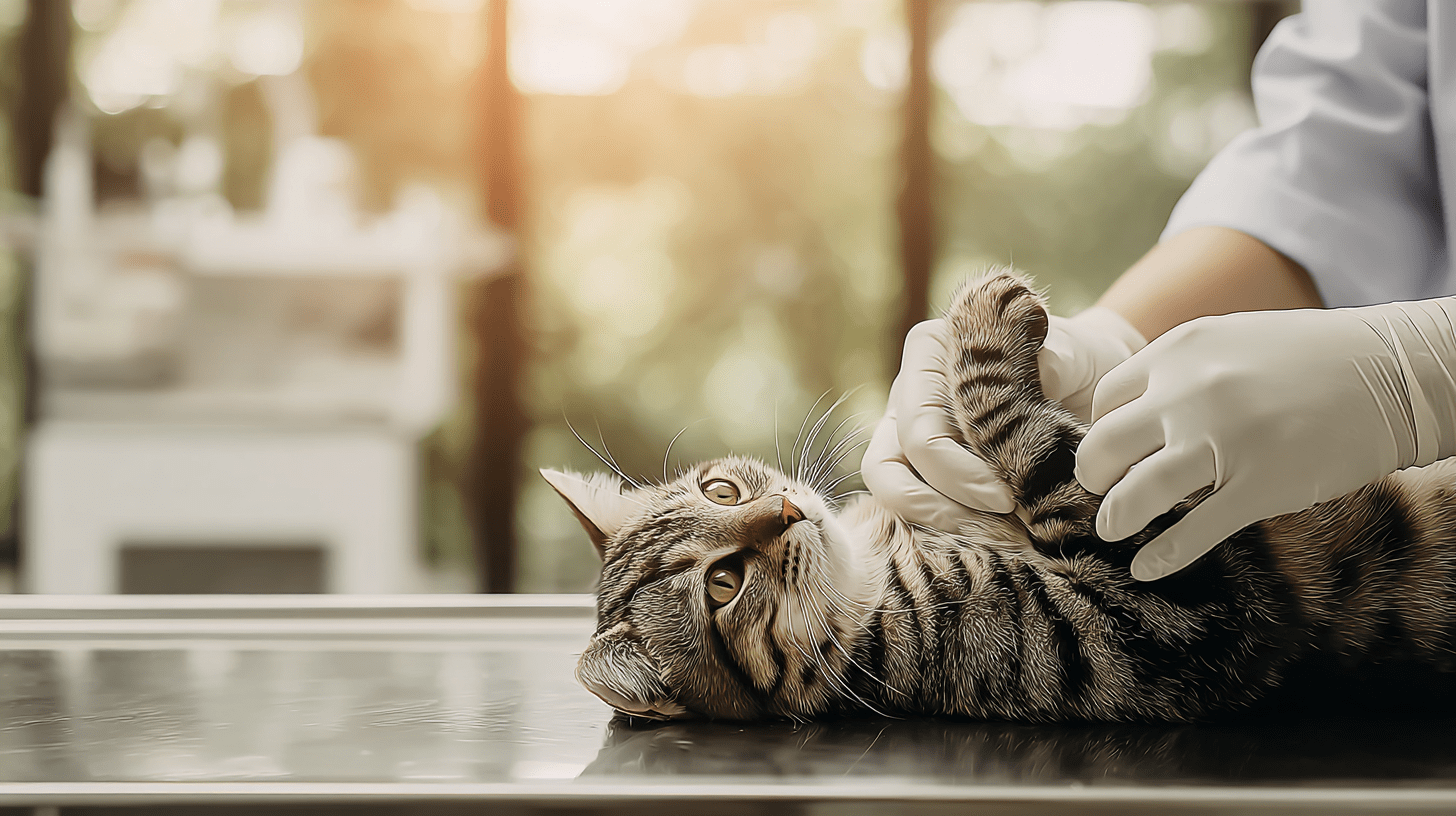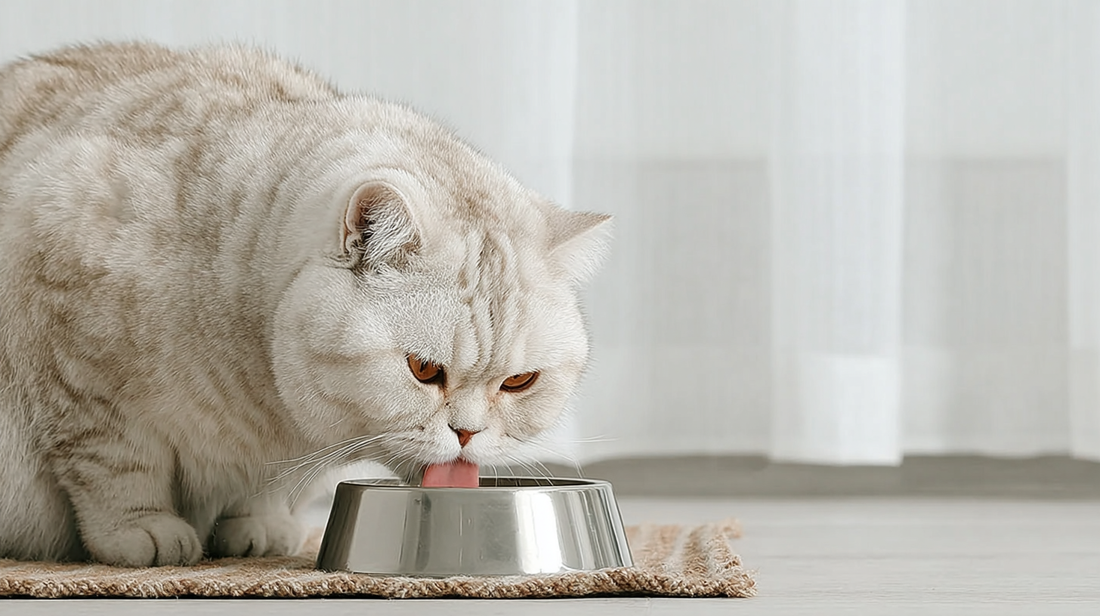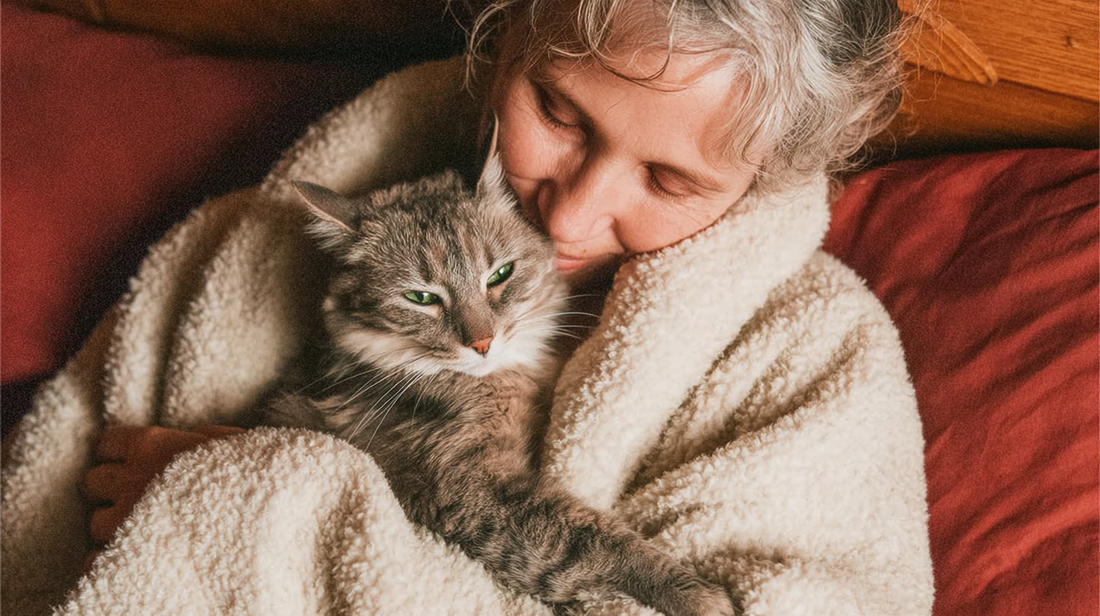Imagine if your world suddenly started spinning, and you couldn't distinguish up from down. This is precisely what your cat experiences when vestibular disease strikes. The vestibular system functions as a sophisticated sensory network within the inner ear and brain, acting like your cat's internal gyroscope. This remarkable system maintains balance and spatial orientation, ensuring your cat always knows where their body exists in space and can move with fluid coordination. When this intricate system malfunctions, it sends contradictory signals to your cat's brain, resulting in the characteristic imbalance and disorientation you're witnessing.
Summary
How to recognize vestibular disease symptoms
While a persistent cat tilts head posture often serves as the most striking indicator, vestibular disease actually manifests through various symptoms that you should recognize. Your ability to identify these signs early becomes crucial for achieving timely diagnosis and implementing effective management strategies.
Primary neurological symptoms to watch for
Beyond the obvious head tilt (which typically leans toward the affected side), you should watch carefully for ataxia and loss of balance where your cat appears uncoordinated, stumbling, swaying, or falling over, particularly when attempting to walk or jump. Circling or rolling presents another telltale sign, as affected cats frequently walk in circles toward the same side as their head tilt. In more severe cases, you may witness your cat rolling uncontrollably.
You might also observe nystagmus (abnormal eye movements) , which manifests as rapid, involuntary eye movements tracking from side to side or up and down, persisting even when your cat's head remains completely still.
In specific circumstances, particularly with nutritional deficiencies, your cat may demonstrate a ventroflexed neck , where they hold their head unusually low and bent downward.
Early warning signs that develop first
These early changes can be seen even before your cat tilts head noticeably. These include lethargy characterized by noticeably decreased energy and activity levels, inappetence showing reduced appetite or complete food refusal, and vomiting which can signal neurological complications alongside other developing symptoms.

Common causes of vestibular disease in cats
Infections and inflammatory conditions
Otitis media/interna develops when middle or inner ear infections directly compromise the delicate vestibular structures housed within your cat's ear. Infectious encephalitis involves brain infections caused by organisms like Toxoplasma, bacteria, fungi such as Cryptococcus, or viruses like FIP that specifically target brain regions responsible for maintaining your cat's balance.
Nasopharyngeal polyps are non-cancerous growths originating in your cat's nasal passages or throat that can extend into the ear canal, creating harmful pressure or inflammation.
Nutritional deficiencies
Thiamine deficiency represents a particularly serious concern, since Vitamin B1 proves essential for proper nerve function throughout your cat's body. When severe deficiency develops, it triggers neurological symptoms including vestibular ataxia and the characteristic ventroflexed neck position.
This deficiency can develop when your cat consumes diets rich in thiaminase (such as raw fish), experiences excessive heating during food preparation (temperatures exceeding 100°C) , encounters sulfur dioxide preservatives, or suffers from impaired absorption due to underlying gastrointestinal disease.
Toxic exposures
Several substances pose direct threats to your cat's vestibular system. Aminoglycosides are antibiotics that can cause devastating inner ear toxicity when administered inappropriately or to susceptible individuals. Topical otic antiseptics like chlorhexidine or iodophors (such as povidone-iodine) can become toxic to your cat's delicate inner ear structures when applied incorrectly or in excessive concentrations.
Loop diuretics such as furosemide, while generally safe, can rarely produce ototoxic effects in sensitive cats.
Trauma and idiopathic cases
Head injuries that impact your cat's inner ear or brain can directly damage their vestibular system, creating immediate balance problems. However, in many cases, particularly involving older cats, we cannot identify any specific cause despite conducting thorough diagnostic investigations.
These idiopathic vestibular syndrome cases often carry favorable prognoses , with clinical signs typically improving over days to weeks, though some cats may retain a subtle permanent head tilt as their only lasting reminder.

The veterinary diagnostic process
Why your observations are crucial for diagnosis
Your veterinarian will pose detailed questions about your cat's symptoms, focusing on their onset, progression, and any accompanying changes you've witnessed. I encourage you to think of yourself as a detective providing crucial investigative clues that can make or break the diagnostic process.
You should share videos of your cat's behavior at home , since some neurological signs might not manifest during clinic visits due to stress or their intermittent nature. Make sure to discuss your cat's complete diet, treats, and supplements, as these dietary details can provide valuable clues regarding potential nutritional imbalances or toxin exposures.

What happens during the veterinary examination
Your veterinarian will conduct thorough physical and neurological examinations, carefully assessing your cat's balance, coordination, and cranial nerve function, while also performing a meticulous ear examination.
Based on these initial findings, we may recommend additional diagnostic tests including comprehensive blood work, urinalysis, and advanced imaging studies such as X-rays or MRI to visualize your cat's inner ear structures and brain tissue.
Treatment approaches for vestibular disease
Targeting the underlying cause
When we identify a specific underlying problem—whether bacterial infection, nutritional deficiency, or toxin exposure—your cat's treatment will focus directly on resolving that particular issue.
For instance, bacterial ear infections require targeted antibiotic therapy, while thiamine deficiency demands immediate vitamin supplementation.
Essential supportive care measures
Regardless of the underlying cause, supportive care remains absolutely vital for your cat's comfort and recovery process. This comprehensive approach includes anti-nausea medication to alleviate your cat's dizziness and encourage normal eating behavior, fluid therapy to prevent dangerous dehydration, pain management when pain contributes to your cat's overall discomfort, and stress reduction through creating low-stress environments, using pheromone diffusers, and providing quiet, peaceful spaces.
The critical role of proper nutrition
Proper nutrition forms the foundation for your cat's recovery process. When we diagnose a nutritional deficiency, implementing dietary adjustments becomes absolutely critical for your cat's return to health.
If you're considering homemade diets for your cat, you must consult with a board-certified veterinary nutritionist to ensure your cat receives complete, properly balanced nutrition.

Your role in supporting your cat's recovery
Creating a safe and comfortable home environment
Safety first means you must prevent dangerous falls by restricting your cat's access to high places like cat trees or tall furniture. Ensure comfort and accessibility by positioning food, water, and litter boxes at ground level where your cat can easily reach them.
Minimize stress in your cat's environment by maintaining consistent daily routines and creating quiet, calm spaces throughout your home.
Maintaining communication with your veterinary team
Regular follow-up appointments remain essential for monitoring your cat's progress effectively. You should discuss any changes in your cat's condition with us, regardless of how minor they might seem to you.
Please don't hesitate to ask questions or seek clarification about anything you don't understand—your veterinary team exists to educate and support you throughout this journey.
Understanding the long-term outlook
Your cat's prognosis varies significantly depending on the underlying cause we identify. Cats diagnosed with idiopathic vestibular syndrome frequently improve substantially over weeks to months. For other underlying causes, your cat's long-term outcomes depend entirely on how successfully we manage their specific underlying condition.
Your veterinary team will provide you with a realistic prognosis and discuss expectations for your cat's long-term quality of life moving forward.
Key takeaways for cat parents
When your cat tilts head, this warrants immediate veterinary attention without delay. Vestibular disease often explains why your cat tilts head and loses balance, but achieving prompt diagnosis through thorough examination and appropriate diagnostic testing proves absolutely vital.
Working closely with your veterinary team, implementing targeted treatment protocols, and providing consistent supportive home care all become crucial elements for facilitating your cat's recovery and maintaining their excellent quality of life.

What to do when your cat tilts head
Seek immediate veterinary care whenever you notice head tilts or disorientation signs in your cat. Prepare detailed history by carefully noting symptom onset, progression, and any unusual behaviors you observe. Videos documenting your cat's symptoms help us immensely during diagnosis.
Ask questions about anything unclear and seek clarification when needed. Follow veterinary instructions diligently regarding all medications and dietary changes we prescribe. Create safe, calm home environments specifically designed to minimize stress for your recovering cat. Attend follow-up appointments consistently to monitor your cat's progress and adjust their care plan as needed.
The information in this article is based on the following scientific publications:
Elliott, J., & Grauer, G. (Eds.). (2006-2007). BSAVA Manual of Canine and Feline Nephrology and Urology (2nd ed.). BSAVA Publications.
Villiers, E., & Blackwood, L. (Eds.). (2005). BSAVA Manual of Canine and Feline Clinical Pathology (2nd ed.). BSAVA Publications, Gloucester
Horwitz, D. F., & Mills, D. S. (Eds.). (2009). BSAVA Manual of Canine and Feline Behavioural Medicine (2nd ed.). BSAVA Publications, Gloucester.
Harvey, A., & Tasker, S. (Eds.). BSAVA Manual of Feline Practice: A Foundation Manual. BSAVA Publications.
Rendle, M., & Hinde-Megarity, J. (Eds.). (2022). BSAVA Manual of Practical Veterinary Welfare (1st ed.). BSAVA Publications.




